Bhaktapur Durbar Square — Best The Medieval Star of a Kathmandu City Tour
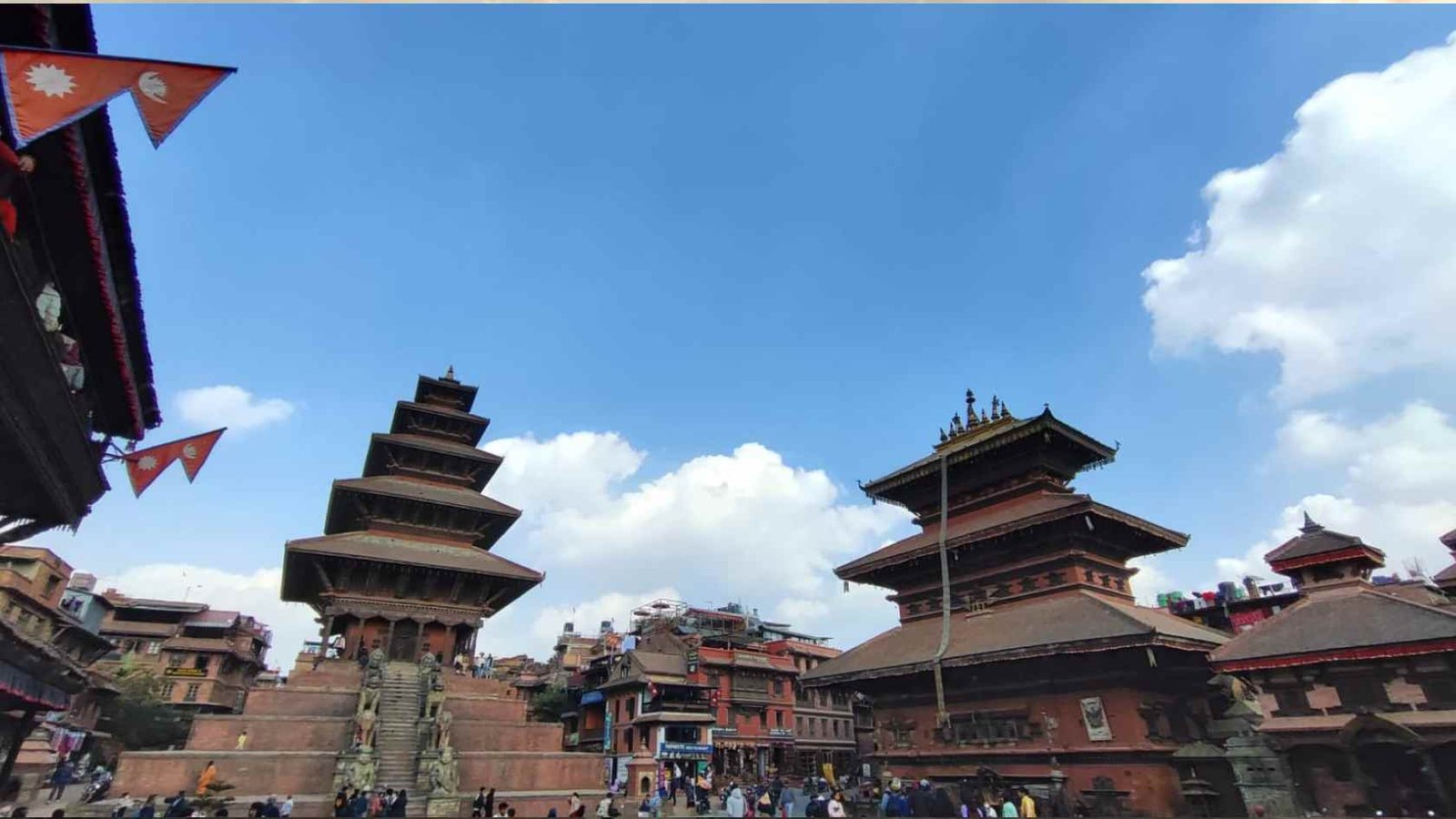
The Living Heart of Nepal’s Golden Age
Among the ancient cities that define the Kathmandu Valley, Bhaktapur Durbar Square stands as a shining symbol of Nepal’s medieval grandeur. Just 13 kilometers east of Kathmandu, this UNESCO World Heritage Site is often referred to as a “living museum” — a place where art, culture, and spirituality blend seamlessly into everyday life.
While Kathmandu Durbar Square impresses with its royal courtyards and Patan Durbar Square enchants with artistic finesse, Bhaktapur feels different — quieter, more authentic, and deeply spiritual. It’s not merely a destination on a Kathmandu City Tour; it’s a journey back to the 15th century, where the echoes of the Malla kings still linger in every brick, temple, and carving.
Stepping Back in Time: The History and Heritage
The word Bhaktapur translates to “City of Devotees,” and the devotion here is visible not only in temples but in the craftsmanship and lifestyle of its people. Once the capital of the Malla Kingdom until the late 1400s, Bhaktapur flourished as a center of art, architecture, and trade along the ancient caravan route between Tibet and India.
The centerpiece of this medieval city is Bhaktapur Durbar Square, a complex of palaces, courtyards, and shrines that reflect Nepal’s artistic golden era. Every corner of the square showcases the architectural brilliance that once made the Malla kings legendary patrons of art and culture.
Marvels You Shouldn’t Miss in Bhaktapur Durbar Square
🏛 55-Window Palace (Pachpanna Jhyale Durbar)
Built during the reign of King Bhupatindra Malla, this palace is one of Nepal’s finest examples of traditional Newari woodcarving. Its 55 intricately carved windows are each a masterpiece — detailed, symmetrical, and brimming with symbolism. Today, the palace houses a museum that showcases ancient manuscripts, royal artifacts, and sculptures from the medieval era.
🔔 Vatsala Temple
Standing gracefully near the palace, the Vatsala Temple is built entirely from sandstone in the Shikhara architectural style. The temple’s bell, locally known as the “Bell of Barking Dogs”, was historically used to announce daily prayers. Though partially damaged in the 2015 earthquake, its restoration has brought back much of its original charm.
🚩 Nyatapola Temple
Located at nearby Taumadhi Square, the Nyatapola Temple is Bhaktapur’s tallest pagoda, soaring five tiers high. Dedicated to the goddess Siddhi Lakshmi, it symbolizes power and protection. Guarded by colossal stone figures on its stairway, this architectural marvel has stood firm for over 300 years, surviving multiple earthquakes.
🕊 Dattatreya Square
A short walk east brings you to Dattatreya Square, one of Bhaktapur’s oldest quarters. The area is famous for its Peacock Window, often dubbed the “Mona Lisa of Nepalese Woodcarving.” You’ll also find traditional workshops here, where artisans continue ancient woodcraft and metalwork traditions passed down for generations.
Cultural Encounters and Everyday Life
What sets Bhaktapur apart is its living authenticity. Unlike other rapidly modernized areas of the valley, Bhaktapur remains deeply rooted in tradition. You can watch potters shaping clay in Pottery Square, smell incense from courtyard shrines, and taste the legendary Juju Dhau — the “King of Yogurts” that’s rich, creamy, and mildly sweet.
During major festivals like Bisket Jatra, Dashain, and Tihar, the entire city transforms into a vibrant stage where ancient rituals unfold amid colorful processions, music, and dance. These celebrations attract travelers, photographers, and cultural enthusiasts from around the world.
Best Time to Visit Bhaktapur Durbar Square
The ideal months to visit Bhaktapur are October to April, when the weather is dry, skies are clear, and the Himalayan backdrop adds a breathtaking panorama to your travel photos. Early mornings and late afternoons provide soft lighting for photography and quieter experiences around the temples.
If you visit during festival seasons — especially Bisket Jatra (April) — you’ll witness Bhaktapur at its liveliest, with tug-of-war chariot races, masked dances, and traditional feasts that have been celebrated for centuries.
Traveler Tips for Your Kathmandu City Tour
- 🎟 Entrance Fee: Around NPR 1,500 for foreigners (supports preservation efforts).
- ⏰ Opening Hours: 6 AM – 6 PM. Early mornings are perfect for photography.
- 📸 Best Spots for Photos: Golden Gate, Nyatapola Temple, and Dattatreya Square.
- 🍲 Try This: Juju Dhau and Newari lunch at a rooftop café overlooking the square.
🛍 Souvenirs: Handmade pottery, wood masks, and traditional paubha paintings.
Why Bhaktapur is the Jewel of the Kathmandu City Tour
If Kathmandu shows you Nepal’s vibrant chaos and Patan reveals its artistry, then Bhaktapur introduces you to its soul. The rhythm of temple bells, the echo of artisans’ tools, and the smile of a potter — these moments capture the spirit of Nepal more vividly than any monument could.
A Kathmandu City Tour is incomplete without Bhaktapur. It’s where the past breathes through every alley, inviting you to pause, feel, and rediscover the beauty of simplicity. Whether you’re a history lover, culture seeker, or photographer, Bhaktapur Durbar Square remains the medieval star of Nepal’s heritage journey.
Final Thoughts
Bhaktapur Durbar Square is more than a heritage site — it’s a living chapter of Nepal’s identity. Whether you’re a photographer, history lover, or spiritual traveler, it remains the medieval star of any Kathmandu City Tour, shining brighter with every visit.



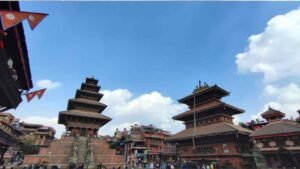

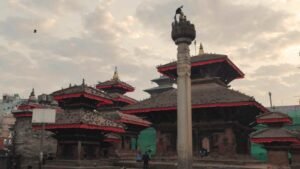
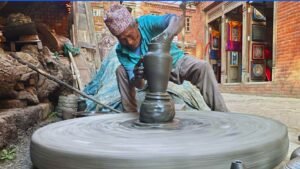
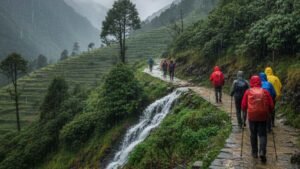
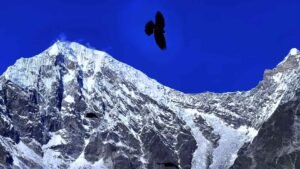
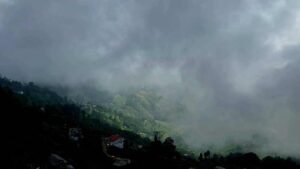
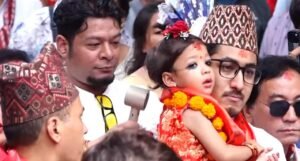
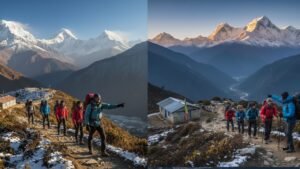
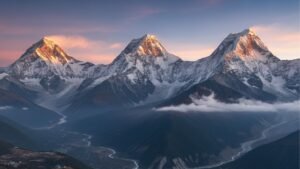
Post Comment